The Not-So-Soft Landing
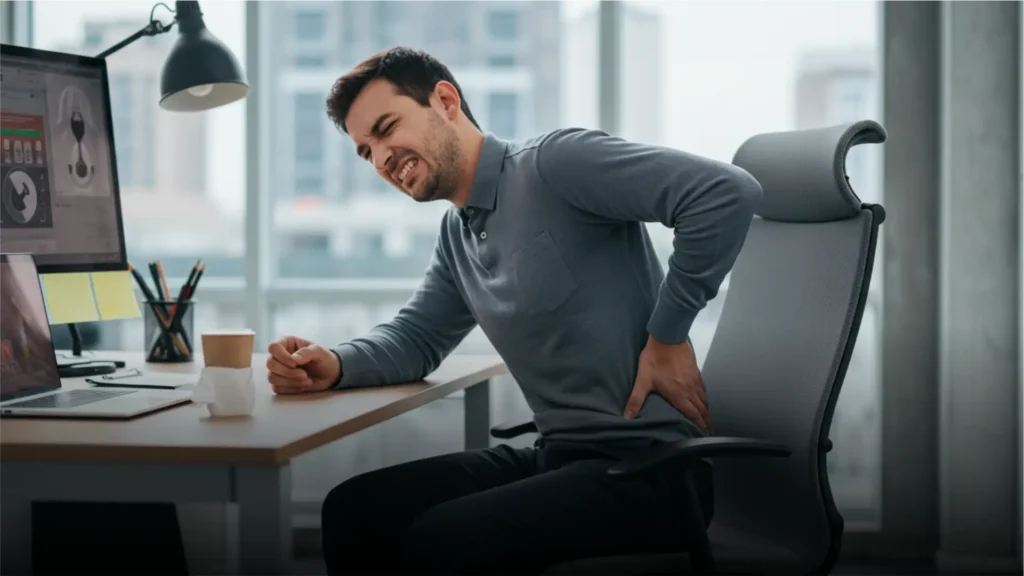
Ever tried sitting at your desk after a week of nursing back pain? Not exactly a graceful return. One moment you’re easing into your chair, the next you’re shifting around like you’re sitting on a pile of Legos. And if you’ve ever had to fake-smile through a Zoom call while your lower back screams at you, you’re not alone.
The truth is, going back to work after back pain (whether from an injury, strain, or just life being life) isn’t as simple as picking up where you left off. Your body remembers the pain, even if your mind’s ready to jump back in. So, how do you find that sweet spot between getting stuff done and not wrecking your back all over again?
Let’s talk ergonomics, micro-movements, and the kind of chiropractic care that doesn’t feel like a factory line. Ready?
So, What Happens When You Go Back Too Soon?
Here’s the thing—your back’s a bit of a drama queen. Once it’s hurt, it gets suspicious. Muscles tense up, movement becomes cautious, and before you know it, your posture looks like you’re bracing for a fall… even while seated.
Heading back to work too early, especially if you’re still stiff or sore, can trigger a whole chain reaction. You start compensating—maybe you lean more on one side or slump without noticing. And emotionally? There’s anxiety. “What if it flares up again during that meeting?” Sound familiar?
What we often forget is that returning to your desk after a back injury is just as important to plan for as returning to sport. You don’t see athletes rush back onto the field without a warm-up, right? Same logic here—only your field has emails and ergonomic chairs.
Ergonomics: Not Just for Techies and Office Nerds
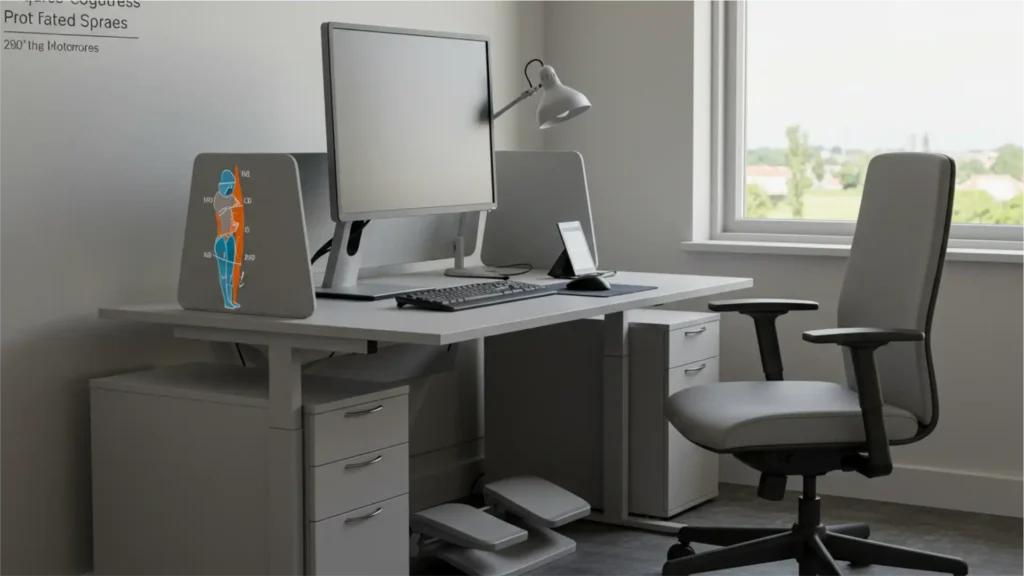
Okay, so let’s demystify the E-word. Ergonomics isn’t some sterile concept reserved for Silicon Valley developers with standing desks and blue light glasses. It’s about creating a workspace that actually works for your body, especially when that body’s been through a bit of a rough patch.
Let me explain. Your screen should be at eye level—not up, not down. Think of it like talking to someone at a coffee shop. You wouldn’t enjoy a conversation if you were staring at their chin the whole time, right?
Your chair? It should have your back. Literally. Lumbar support matters. Feet flat on the floor. Knees are at about 90 degrees. And no, curling one leg under the other doesn’t count as “comfortable”—it’s a sneaky way to mess with your spine.
Here’s a tip: imagine your setup like a car’s cockpit. Everything should be within easy reach. You’re not flying to Mars—you’re answering emails—but your back deserves first-class support either way.
The Micro-Movement Revolution
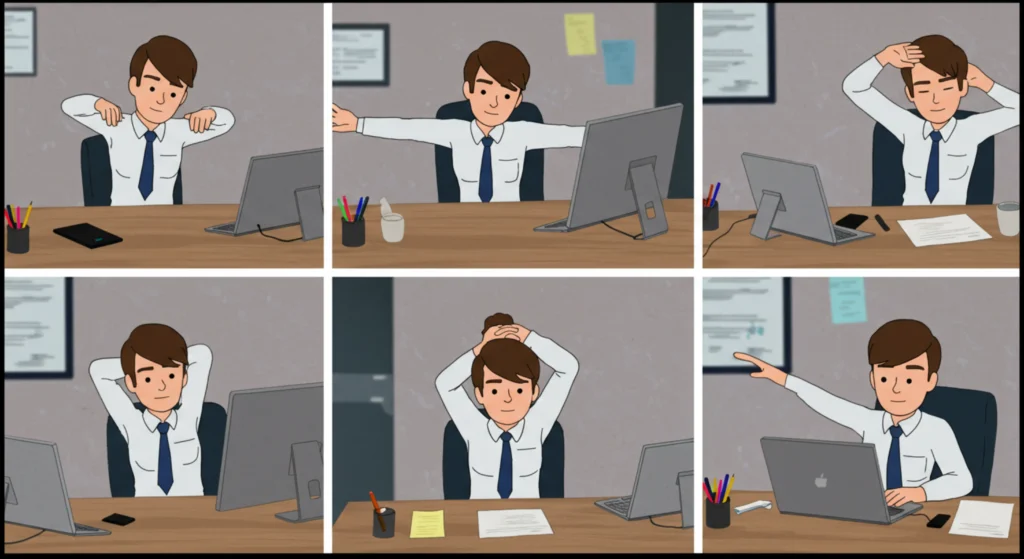
You know what most people don’t realise? Even perfect posture isn’t perfect if you’re frozen in it. Static is the new stress. We weren’t designed to stay still for eight hours—even if your chair is ergonomically blessed.
So here’s the secret: move more… but smaller.
Stretch your arms. Do a few shoulder rolls. Stand during phone calls (or pace around like you’re giving a TED Talk to your cat). Set a gentle reminder every 45 minutes to reset your posture or stand for just a minute.
And walking meetings? Underrated genius. They’re not just for creative brainstorms or HR check-ins. They loosen your hips, reset your alignment, and—bonus—make you look way more dynamic than slouching in a boardroom.
Chiropractic Support: Not Just for Athletes and Celebs
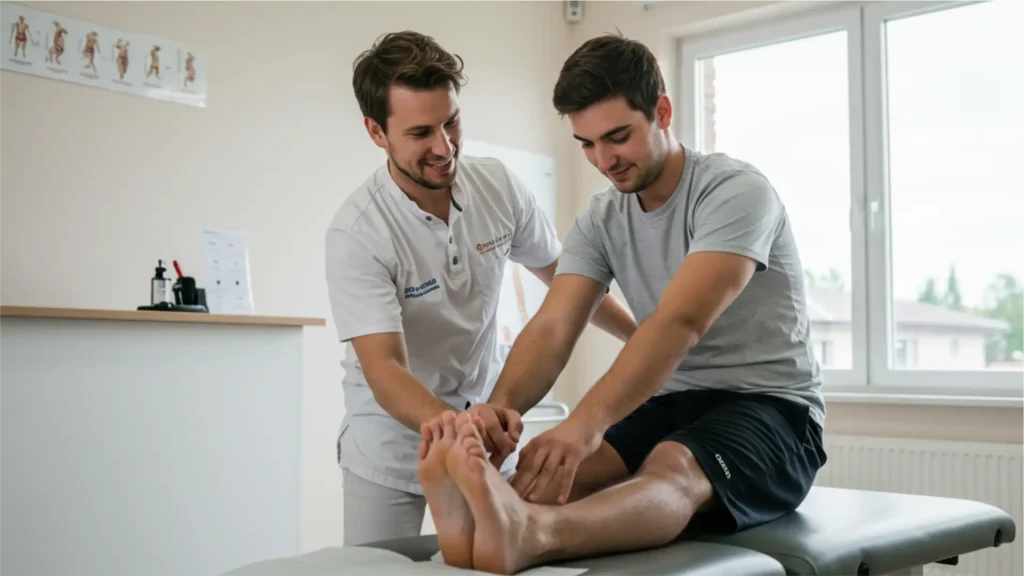
Let’s shift gears a bit—because while ergonomic tweaks are great, sometimes your body needs a more hands-on nudge. And no, chiropractic care isn’t reserved for rugby players or that one cousin who swears by weekly adjustments.
Honestly, if you’re returning to work after back pain, chiropractic support can be a game-changer. We’re talking realignment, soft tissue therapy, and guidance that’s actually built around you—not a one-size-fits-all quick fix.
Angelo Battiston, for example, takes a human-centred, tailored approach. He doesn’t just crack and go. He listens. Observes. Treat your body like the unique, layered, maybe-a-bit-sore system it is.
And chiropractic care isn’t about a single session miracle. It’s about restoring balance, helping your nervous system recalibrate, and setting the stage for long-term recovery. Which is exactly what your body’s begging for.
This Is About More Than Just Your Back

Let’s be honest: pain doesn’t clock out when you swipe into the office. It follows you into meetings, presentations, and even casual conversations by the coffee machine. And it’s not just physical discomfort; it’s confidence, clarity, even how you carry yourself.
Back pain has this sneaky way of turning into something bigger. You second-guess standing too long during a presentation. You shift awkwardly during team catch-ups. You say “yes” to tasks just so you don’t look like you’re “still recovering.”
That’s why recovery has to be holistic. Movement, mindset, and yes, management. Your body doesn’t heal in isolation—and neither should your return to work.
A Few Practical Tips (With a Human Touch)
Alright, here’s your not-so-clinical checklist. No pressure. Just a few things to make your comeback a little less… creaky.
- Reset Before You Sit
Take a deep breath. Plant your feet. Let your shoulders drop. It’s like hitting the “refresh” button on your whole posture. - Stand Like You Mean It
When standing, shift your weight now and then. Pretend you’re waiting for a taxi that might take a minute. - Breaks Are Non-Negotiable
Don’t just “power through”—your spine isn’t on commission. - Stretch Like You’re Waking Up
Those yawny, twisty morning stretches? They’re gold during the day, too. - Talk to Someone Who Gets It
If the pain lingers or comes back, don’t shrug it off. Whether it’s a chiropractor, physio, or wellness expert, get support.
Let’s Make This Comeback Stick
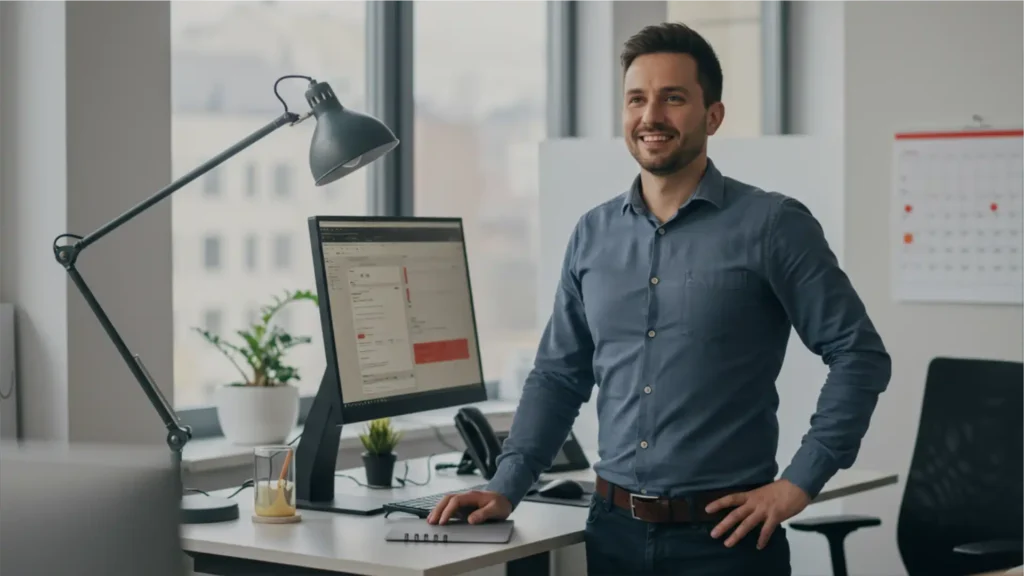
Returning to work after back pain isn’t just about getting through the day without wincing. It’s about rebuilding confidence, comfort, and control. Your desk shouldn’t feel like an obstacle course, and your chair shouldn’t double as a medieval torture device.
And while ergonomics and micro-movements help, sometimes your body needs a little extra attention. That’s where a chiropractor like Angelo Battiston comes in. With his compassionate, tailored approach, you’re not just another spine to align—you’re a person with goals, frustrations, and a life to get back to.
So take it slow. Listen to your body. And if you need help, ask for it.
You’ve got this. Really.



